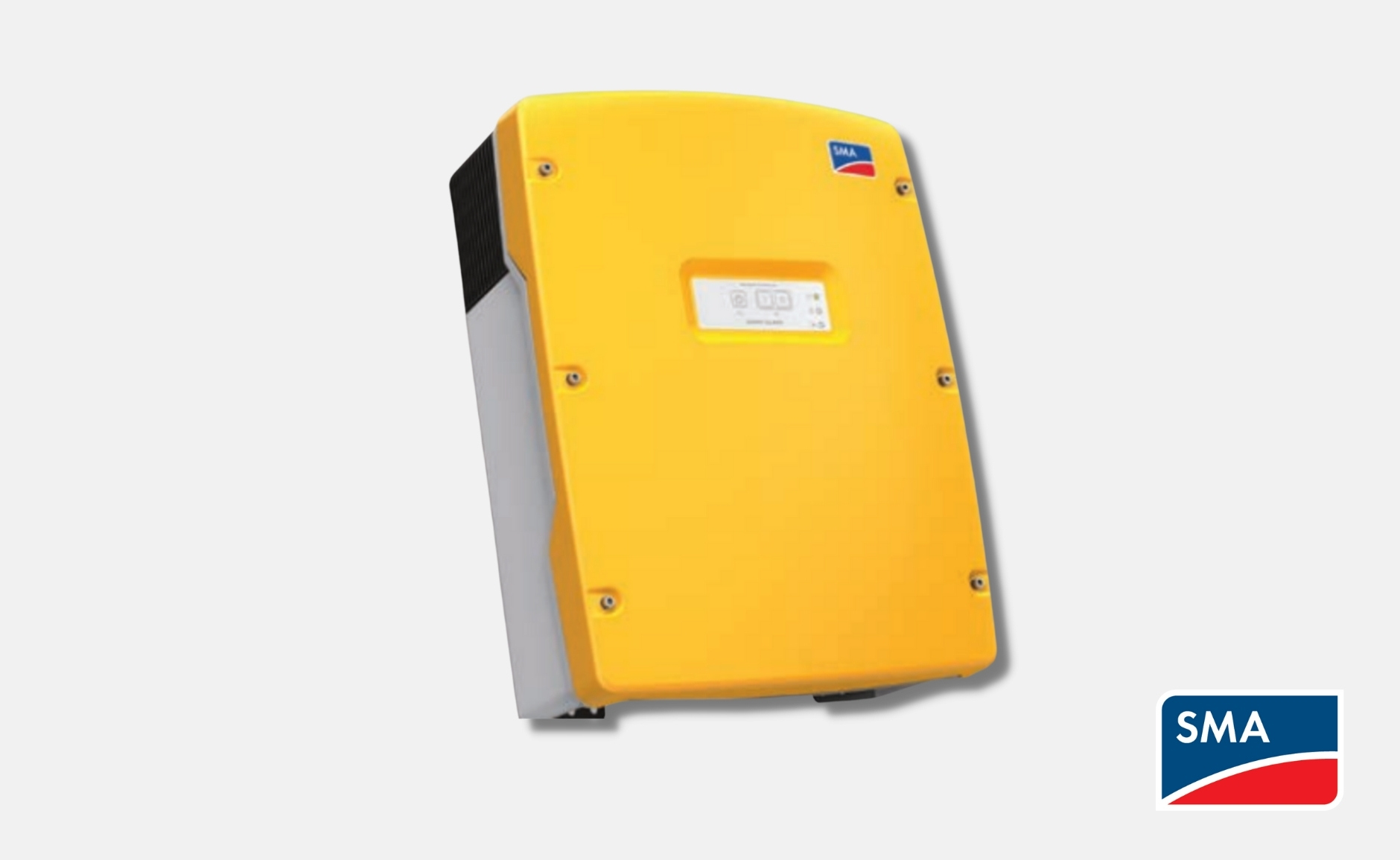As the name implies, Inverter/Chargers are 2-in-1 machines combining the AC/DC conversion functions of both the Battery Charger and the Inverter.
They will be used in applications which need to save space (since they’re usually smaller than the combo of their ‘solo function’ counterparts) or those designed to utilise the support functions of combining the generator and battery supplies to boost overall power availability.
Many Inverter/Chargers have extensive ‘system control’ functions and remote monitoring capabilities, making them extremely popular for applications seeking remote monitoring of system health and operation status.
Factors to consider when choosing AN Inverter/Charger.
1) How to size an Inverter/Charger?
You need to look at the sizing criteria for both the battery charging function as well as the battery inverter function.
For the Charging function we need to consider:
- what is the maximum current/power we can take from the AC source?
- what is the battery manufacturer's recommended nominal/maximum charge rate?
These are the 'hardware' ceilings to stay below. It is usually possible to program the Inverter/Charger at lower levels if you need to limit one or both settings.
Always ensure you size your cables & fuses to suit the highest values and temperature de-ratings, taking care to watch the voltage drop calculations.
Please see more details in the Battery Charger page
For the Inverter functions we need to consider:
- choosing the correct 'time rating' for the inverter capacity (the continuous, 30min 'peak demand' or 5sec 'surge' capacity)
- allowing for the worst-case power factor impact from inductive or reactive loads
Please see more detailed notes in the Inverters page
And for the overall machine we also need to give some thought to temperature!
Most Inverter/Chargers will start to derate if they operate above ~40°C. Be sure to factor in the de-rating if the machine will be installed in a location likely to exceed this. It may be worth considering forced ventilation or air-conditioning in some cases!
2) Does the Inverter/Charger include LVD?
Mostly, yes, but check the individual manufacturer/model info to be sure.
Some models may give you the option to program the voltage level at which the LVD kicks in.
3) What types of 'user interfaces' do Inverter/Chargers offer?
This varies enormously by manufacturer and by model.
For some it's as simple as a handful of LEDs to indicate various status modes.
Others may have a built-in or peripheral digital display screen.
Still others may offer Bluetooth or Wi-Fi (either integrated or via accessory adaptors) to link to the manufacturer's App.
And then other models allow coms integration to other devices and ultimately the web for remote online monitoring, reporting & even updating.
Pick whatever options suit your needs!
4) Delivering 1ph vs 3ph with Inverter/Chargers?
Almost all Inverter/Chargers provide only 1ph AC outlet.
To provide 3ph you will need 3 separate 1ph machines. For them to operate properly as a '3ph supply' (i.e. correct phase angle etc.) you will need to use models that have a coms inter-connectivity function so they can be configured as Master-Slave units to provide the correct 3ph waveform.
5) Can multiple Inverter/Chargers be paralleled for higher output power?
As with the above 3ph scenario, only units with the coms inter-connectivity allow proper integration of multiple units into a single supply. The ability to configure Master-Slave behaviour is essential to ensuring that all the paralleled units operate synchronously.
6) Are there any disadvantages to the 2-in-1 Inverter/Chargers?
In most cases, no. But in some instances there can be.
Depending on the owner's contingency plans, is the unit fails they've lost the ability to both deliver AC to their loads as well as the ability to use the generator to charge their batteries. Ideally an external change-over switch and a generator can be a temporary method of delivering AC power while the Inverter/Charger is inspected/repaired/replaced. And in most cases the solar array & regulator will maintain charge to the battery. But it's still a non-ideal outcome and could extend for ~2-4 weeks before it's resolved.
The other scenario where the combined machine may not be ideal is in areas with very poor quality AC source (either a bad generator or the end of a long grid SWER line). While the AC source is present/in-use, the loads are 'exposed' to the bad grid waveform. In extreme cases this can damage some equipment (communications gear can be sensitive to 'dirty AC power'). In these instances it is usually recommended to revert to an individual Battery Charger and a separate Inverter. This breaks the connection between 'source' and 'load'. The load always receives the clean sinewave from the Inverter, even when the AC source is being used simultaneously by the Battery Charger to replenish their charge!
7) What is the difference between on-grid and off-grid Inverter/Chargers?
In many cases, nothing.
Some manufacturers have built the 'grid-interactive' features into their off-grid Inverter/Chargers so one machine can be used in both on- and off-grid applications.
Others used to have this functionality, but recent changes to the grid-interactive standards have meant they have rescinded the grid-interactive operation capability for the time being.
However, there are still many Inverter/Chargers which were never, and will never, be able to comply with the grid-interactive operation modes. If you're looking for grid-interactive functionality please contact the RFI Team for more advice!
WANT TO GET IN TOUCH?
Complete the form below to have RFI's solar team contact you.


